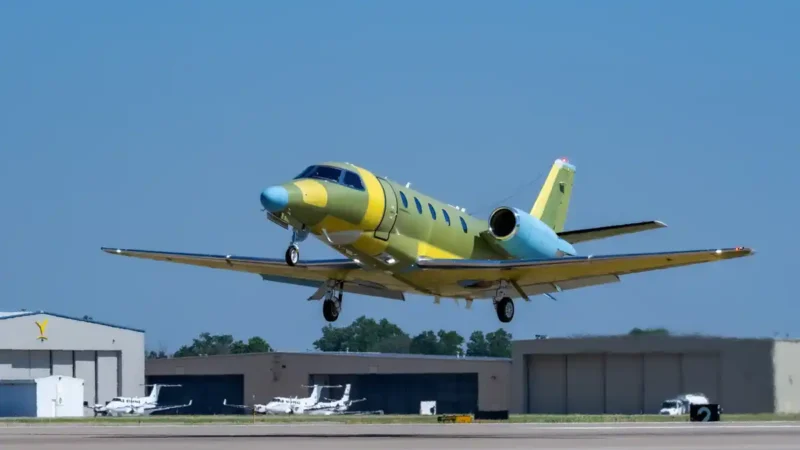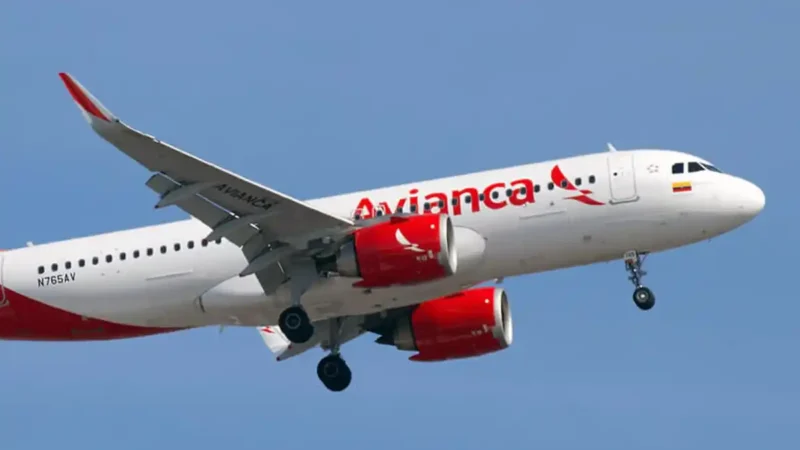Austin’s Visit to Latvia Underscores U.S. Commitment

Latvia is a NATO frontline state that shares borders with Russia and Belarus, so Secretary of Defense Lloyd J. Austin III and Latvian Defense Minister Artis Pabriks had much to discuss when they met today in Riga, Latvia.
“I’m visiting at a critical time for Europe and for the world,” Austin said at a press conference following the meeting at the defense ministry. “As we stand here today, Russia continues its cruel and unprovoked war of choice against Ukraine. Russian forces are indiscriminately killing civilians and destroying civilian infrastructure all over the country. And as Ukrainian people fight heroically to defend themselves, they are showing that they demand and deserve to live in freedom and not under Russia’s boot.”
Latvia is a small nation that is vulnerable to Russian attack. During the NATO Madrid Summit, alliance leaders recognized Russian aggression as “the most significant and direct threat to the security of our allies and to peace and stability in Europe,” Austin said. “President [Vladimir] Putin thought he would divide the NATO alliance with his aggression. But, in fact, he achieved just the opposite.”
The United States has roughly 600 troops in Latvia, with some as members of the NATO Battle Group in the county and the rest in country for bilateral purposes. Alliance leaders decided to increase the number of troops in the region and beef up capabilities in light of Russia’s aggression against Ukraine.
A person leans into the hatch of a military vehicle at night and is silhouetted against a bluish light from inside.
“The NATO alliance is more united and stronger than ever before,” Austin said. He noted that President Joe Biden signed the U.S. legislation to permit Finland and Sweden’s accession into the alliance. “We encourage our remaining NATO allies to conclude their own ratification processes quickly,” he said. “And I look forward to working with Sweden and Finland as members of the most powerful defensive alliance in history.”
The United States will enhance its presence in the frontline states, and Austin assured Latvians that will include their country. “Let’s be clear,” he said. “We seek no confrontation and pose no threat to Russia. Our updated posture simply reflects our ongoing and solemn commitment to Article Five [of the NATO Treaty] — an attack on one NATO ally is an attack on every NATO ally. And our new posture positions us to respond swiftly and surely to security challenges today and in the years ahead.”
Latvia sees the Russian invasion as a do-or-die event. “The outcome of the Russian invasion of Ukraine must … [have] only one result, which means Russia must lose and Ukraine must win,” Pabriks said. The Russians cannot be allowed to even have a stalemate in Ukraine because Russia will only wait until it builds up more power and attack again, he said.
Latvia also borders Belarus, which has allowed Russia to launch attacks on Ukraine. Pabriks said this shows Belarus is a partner of Russia, and Belarus will be integrated with Russia when Russians will decide to do so.
Russia has committed a significant portion of its most capable forces to its Ukraine attack. “As a result, they have lost quite a bit of important equipment, tanks and mechanized vehicles,” Austin said. “They’ve also lost [an] enormous amount of people killed and wounded.”
Two men in formal business attire stand at the center of a large formation of service members and pose for a photo in a hangar bay.
Still, Russia has significant military capability — especially in the air and sea domains, the secretary said. “We don’t ever want to lose sight of that. But, again, you know, Russia would endeavor … to regenerate capability going forward,” he said. “The sanctions and some of the trade restrictions will make that a bit more difficult.”
Latvia and the United States “stand in solidarity with the Ukrainian people and their democratically elected government,” Austin said. “So, we’ll continue to work together to provide Ukraine with the military equipment that it needs to defend itself. And we’ll continue to stand strong with our NATO allies. And we’ll continue to stand up [to] the Russians assault on democracy and sovereignty and the rules-based international order.”




